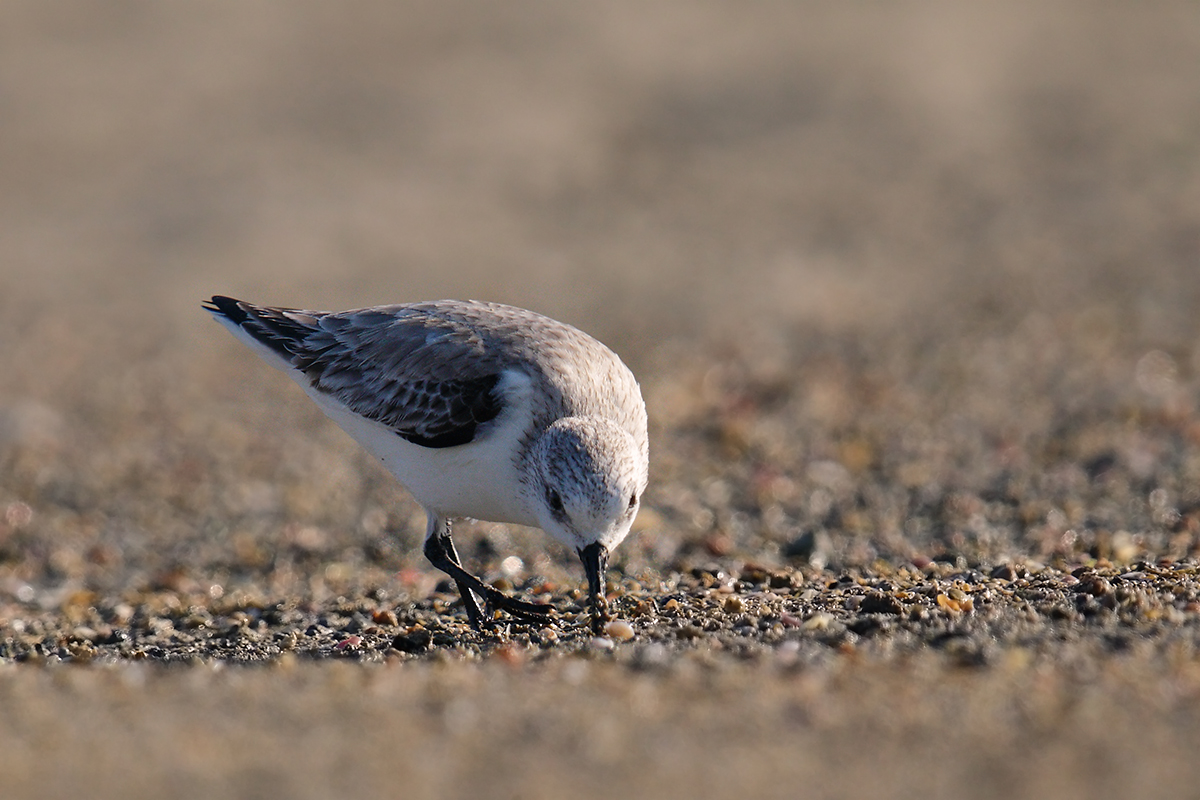| Kingdom: Animalia Phylum: Chordata Class: Aves (Birds) Order: Charadriiformes Family: Scolopacidae |
|
Description: Adults in spring: Upperparts variegated with black, rusty ochre and white; below white; throat, neck and upper breast overwashed with variable amounts of reddish ochre spotted with brown; bill, legs and feet black. Adults and juveniles in winter: Above pale brownish gray variegated with black; below pure white. Range: Breeds in the Arctic of both the New and Old Worlds. In the eastern part of the New World it migrates southward along the Atlantic coast, wintering from Nova Scotia to the West Indies and southern South America. Breeding: Nests are built on the Arctic tundra, usually on dry ground in close proximity to marshy areas. The nest is a deep cup lined with dead willow leaves. Usually four eggs are laid and incubated for 23 or 24 days. Incubation duties may be shared by both sexes, but sometimes two clutches are produced, one tended by the female and the other tended by the male. Young leave the nest shortly after hatching and are able to fly in 17 days, though they are not independent for another week. Remarks: This shorebird probes the soil on beaches and mudflats for invertebrates residing within one half inch of the surface. Typically birds of the beaches seldom seen elsewhere, these hardy little sandpipers seem to be in their element when heavy waves pound the shoreline. With nimble feet they follow the backwash down, to scamper back quickly before the rush of incoming waves, gleaning particles of food from the sea. |

